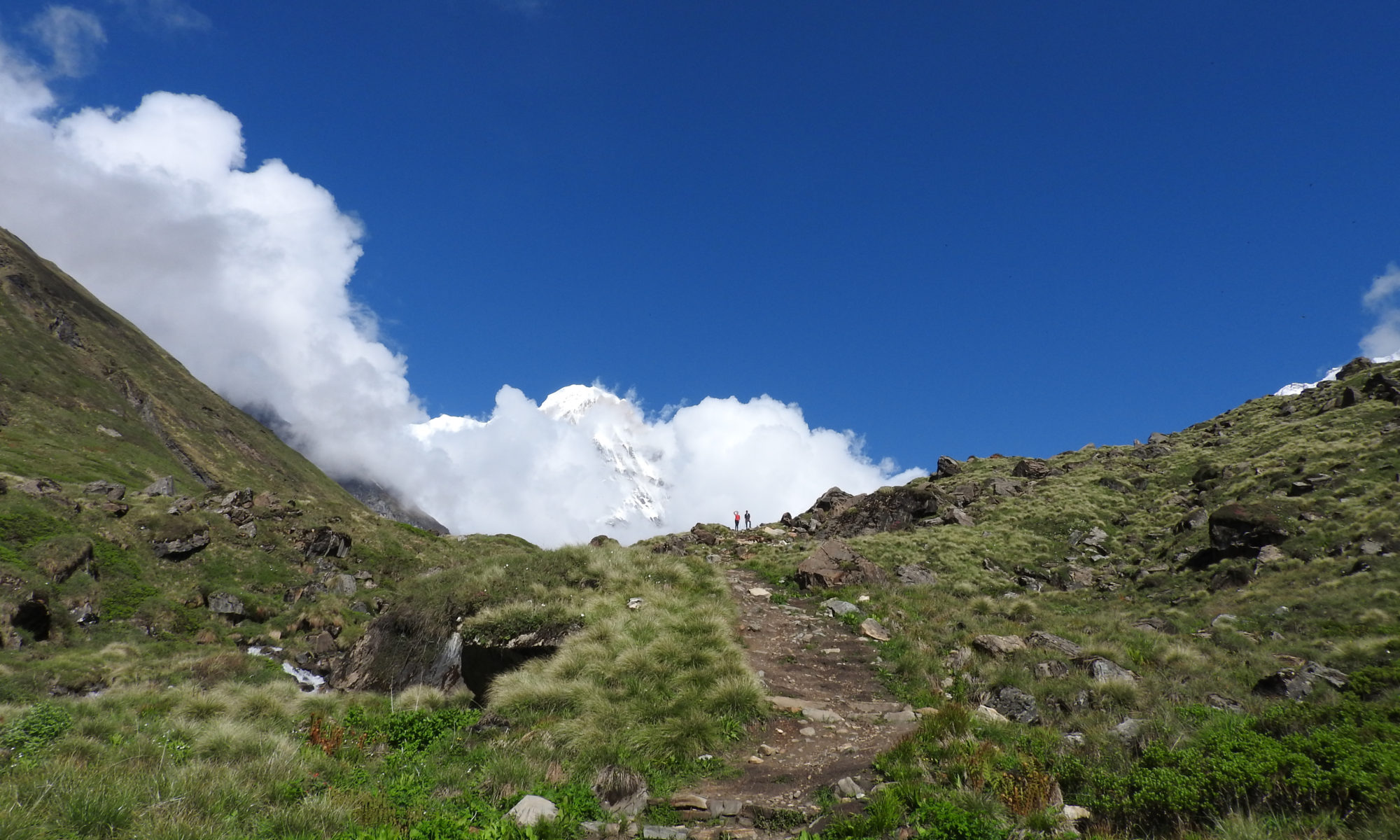Goal of the Project: Design and iteratively refine and improve curriculum materials for elementary students that support them to develop a mathematical model of water runoff such that rainfall = water absorbed by the surface + water that runs off the surface. Students will then use that mathematical model to code a computational model that will allow them to test the amount of water runoff associated with different design solutions.
Initial Activity Goal:
Support students to develop models that show their understanding of the processes that happen to water after it falls to the surface as rain, and a relationship that is equivalent to the goal mathematical relationship (rainfall = water absorbed + water runoff).
Initial Development: We tested a computer-based scaffold where students were provided with a background for their model, to which they added their ideas about where the rain went. Students had digital arrow stamps that they used to represent water flow. The bigger the arrow, the more water that is being represented. The first pair of models show both the inputs into the system (rain) and outputs (absorption and runoff), while the second pair of models represent what was more typically found only the outputs (shown) or only the inputs (not represented). We collected the models developed by all 381 students who used this version of the curriculum.
Analysis and Results: We performed a qualitative analysis of the students’ models to identify patterns in the features represented. This analysis attended to whether the model included rainfall, runoff, and absorption, and the relative proportions of each of those quantities of water in order to assess whether students were showing the desired mathematical relationship. In this version of the curriculum, very few students paid attention to the conservation of matter in their drawing, either showing mostly rainfall or mostly runoff without any rainfall (Fick et al., 2021).
Problem Identification:
Key science ideas were missing! Attending to the conservation of matter was an important aspect of what students were learning and a requirement for expressing the mathematical relationship, so we revised the task to support students to develop their understanding of this aspect of the concept.
